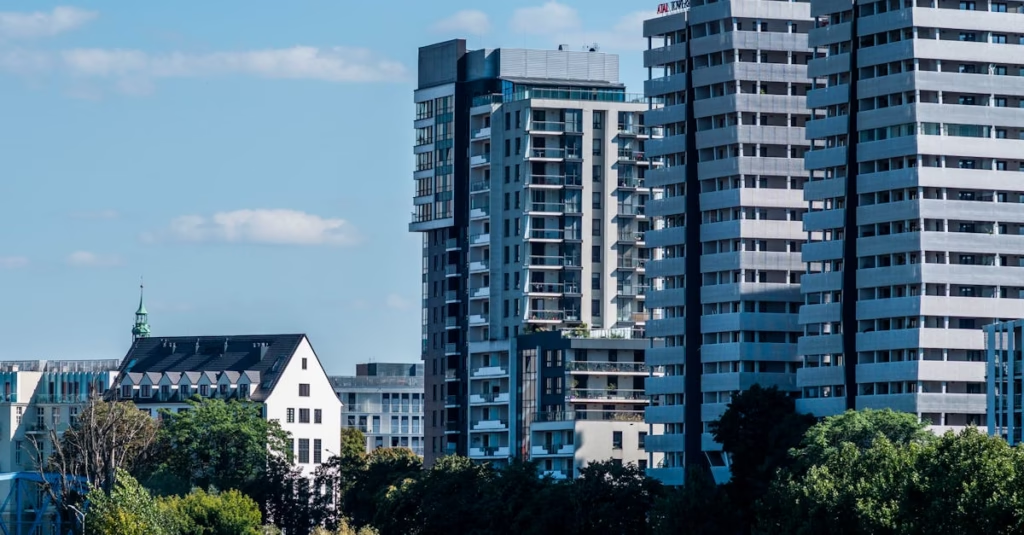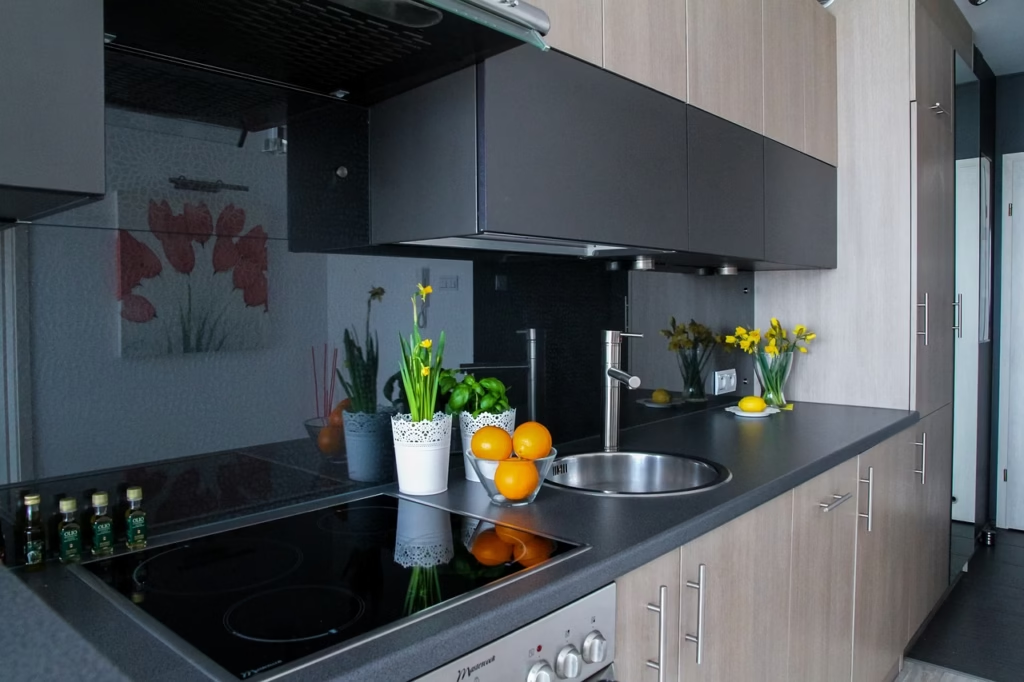Sydney is entering one of the biggest growth cycles in decades, and smart buyers and investors can’t afford to sit this one out. With billions pouring into infrastructure, a population surge underway, and record-low rental vacancies, Sydney apartments are set to deliver not just homes—but long-term wealth.
But here’s the catch: not every suburb, street, or apartment will outperform. Knowing where—and how—to buy will separate those who ride the growth wave from those who get left behind.
Read moreSydney Apartment Investment 2025-2030: Big Growth Play for Smart Buyers & Investors
Sydney isn’t just a city—it’s Australia’s economic engine. It contributes the most to national GDP, creates jobs across finance, tech, and education, and attracts international talent in droves. Over the next decade, Sydney will welcome 650,000+ new residents, a large share of them young professionals who rent or buy apartments close to work and transport.
Add to this:
- $50+ billion in infrastructure projects including Western Sydney Airport, Metro West rail, and Tech Central innovation hub.
- Rental crisis with vacancy rates at 1.5% and rents rising 8–12% annually in growth corridors.
- Supply constraints, with just 9,300 new apartments delivered each year against demand for nearly 38,000.
For home buyers, this means entering before affordability stretches further. For investors, it’s a rare alignment of timing and fundamentals.

How to Spot Sydney’s Top Apartment Corridors
Growth in Sydney isn’t evenly spread. Some corridors are running hot, while others are only beginning their growth journey.
- Western Sydney Corridor is the standout, thanks to the airport (2026) and Metro West (2030). Areas like Liverpool, Parramatta, and Rouse Hill balance affordability with major infrastructure drivers.
- Inner West Corridor has established demand from professionals and students. Burwood, Strathfield, and Rhodes benefit from strong transport and limited supply.
- South/Southwest Corridor is emerging, with affordability and new infrastructure making suburbs like Sutherland Shire and Campbelltown attractive to first-home buyers.
Choosing the right corridor isn’t about guesswork—it’s about following the data: price-to-income ratios, infrastructure spend, and demographic demand.
Which Suburbs Score Highest for Demand & Growth Potential
If you’re looking at the numbers, three suburbs stand out:
- Parramatta: A CBD in its own right, scoring 9.5/10 for growth. With Metro West, a hospital precinct, and a university hub, it has controlled supply and rising demand.
- Liverpool: With the new airport just 15–20 minutes away, Liverpool offers affordability 20–30% below Sydney CBD and is undergoing a major town centre redevelopment.
- Burwood: A student and professional hub with strong rental demand, excellent transport, and limited new apartment supply.
Emerging suburbs like Rhodes, Homebush, and Rouse Hill are also worth watching as infrastructure upgrades unlock future upside.
How to Spot the Right Streets for Long-Term Apartment Success
Not every street in a good suburb delivers growth. The best-performing streets share key traits:
- Transport access: Within 800m of a train station or major bus route.
- Amenity buffer: Near shopping centres, hospitals, and universities.
- Street appeal: Wide, tree-lined streets with minimal social housing.
- Future-proofing: Precinct upgrades without oversupply risk.
Think of it this way: you’re not just buying an apartment—you’re buying into a micro-location where lifestyle, access, and demand converge.

Smart Apartment Buying Checklist: Features That Drive Value
The right apartment isn’t just about price. Here’s what buyers and investors should focus on:
- Configuration: 2-bedroom + study or 3-bedroom layouts attract families and professionals.
- Size: 70–90 sqm hits the sweet spot between yield and growth.
- Orientation: North-facing with usable outdoor space for lifestyle appeal.
- Building quality: Brick or concrete, 10–20 years old, with 40–80 apartments (not oversupplied).
- Value-add: Potential for cosmetic renovations or layouts that improve usability.
Apartments priced 5–10% below suburb medians with these features often outperform long term.
What This Strategy Means for Buyers, Investors & Wealth Creation
For home buyers, the message is simple: your borrowing power has improved with rate cuts, but so has competition. Waiting too long risks paying more for the same property.
For investors, this is the moment where timing meets fundamentals. Strong rental yields and rising capital growth mean a balanced strategy can deliver 9.5–12% annual returns over the next decade aligning with NSW planning reforms.
For long-term wealth builders, diversifying across two or three corridors ensures resilience. Buy before the major infrastructure projects complete, and you’ll be positioned for compounding growth.
Final Word: Don’t Watch, Act
Sydney’s apartment market is on the verge of a once-in-a-decade growth cycle. The fundamentals are in place: population growth, infrastructure, and demand all point upward. The winners will be those who act early, choose wisely, and buy with strategy—not emotion.
👉 Whether you’re buying your first home or scaling your portfolio, the right apartment today could be the wealth engine of tomorrow.
show less